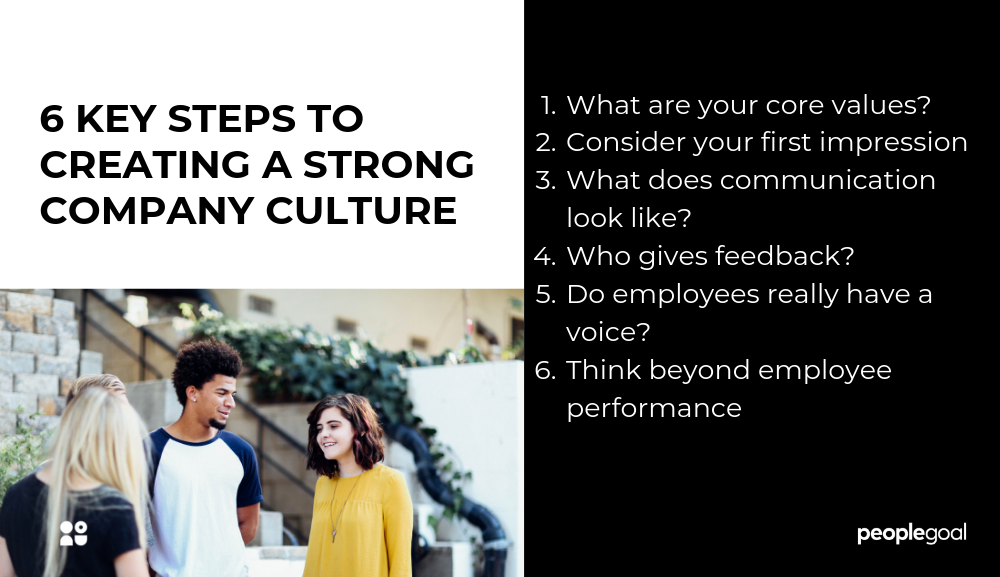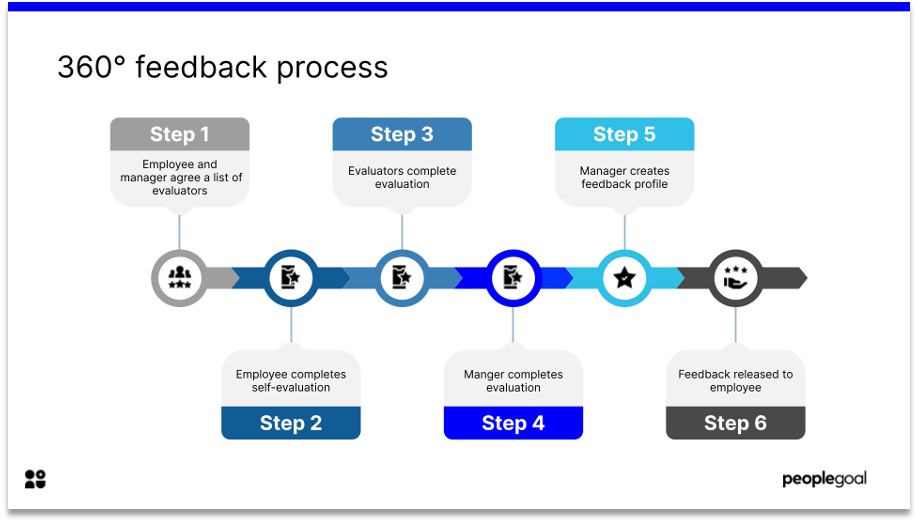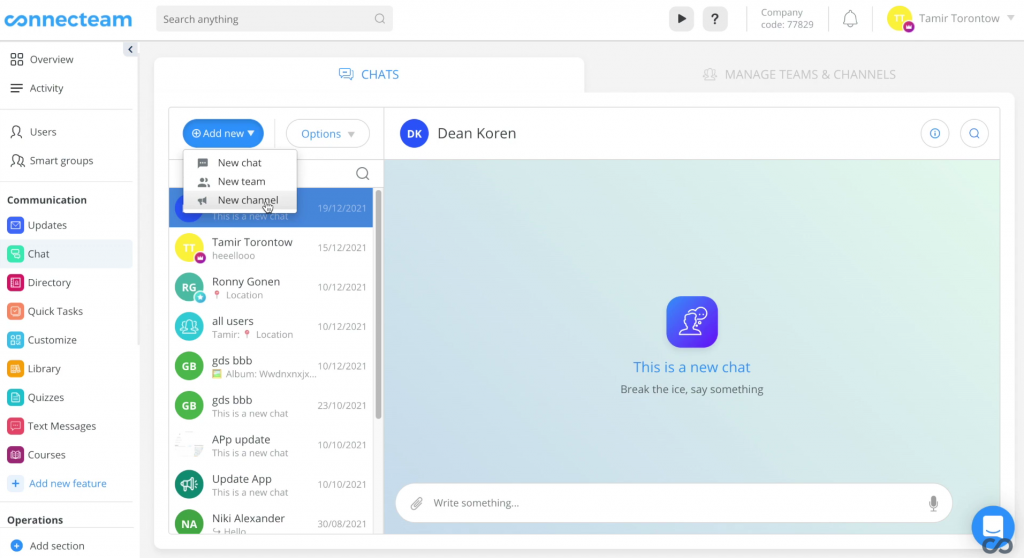You’ve found the perfect candidate, brought them on-board, you shared your company culture, completed all the required documentation, monitored their progress and approved their reviews. Now you’re scheduling another meeting with them – the exit interview. You might start to take it personally, is it because they failed to adapt to the company culture?
Adding to the growing list of responsibilities of the HR department is maybe one of the most important – cultivating company culture. While culture is dynamic and different at each organization, it’s worth considering the role you play in this important aspect of company wellbeing.
The importance of company culture
To understand the importance of company culture consider Millennials, who are expected to make up half of the working population within the next year. On average they are willing to take a $7,600 pay cut per year in order to gain an improved quality of work life. And with the desire for flexible benefits and room for advancement that we might expect to define a quality work life, there’s an additional element they find important – a positive company culture.
It’s not just millennial who are concerned. 91% of the 1,200 senior executives agreed in Bain & Company’s latest worldwide survey that “culture is as important as strategy for business success”. Culture continues to be a top concern cited in Deloitte Global Human Capital Trends as studies show that a positive, strong culture influences both employee and company performance and is closely linked with employee engagement, motivation and customer orientation. So what is company culture and how can you influence it?
What is company culture?
We can think of culture as the personality of a company; it’s a unique amalgam of written and unwritten rules, beliefs, feelings and behaviours that define how you interact within and outside of your organization. As Peter Ashworth says, "Your culture is the formula, the DNA that provides guidelines, boundaries and expectations for your team and your customers, and is the primary platform to inspiring and motivating your people, and is the most powerful resource you have to attract, recruit, hire and retain the highest level of talent to your business”. Or to put it simply, it’s how you would describe to someone “the way you do things here”.
How to create a strong company culture
A strong and positive culture starts and ends with leadership; just as the C-Suite defines the vision and core values or an organization, culture starts at the top and is enforced by leaders at all levels. As a key operational player, this presents the HR department an excellent opportunity to influence strategy upwards and help disseminate culture across the company. Interacting with employees at key points like onboarding, performance reviews, one on ones, and exit interviews provides real insight into the employee experience. Insights from these touchpoints can be invaluable to leadership and can bridge the gap between the CEO and the newest hire.
Influencing something so intangible may seem daunting, but it is very achievable. The first step is understanding the culture, both in theory and in practice. You don’t have to sign up for an episode of Undercover Boss to do it – you can observe and experience it through your interactions with others. In fact, this is possibly the best way to approach culture because it is a cumulative experience, not a single, derivative occurrence. From there you can begin to see if there are areas for improvement. Whether you have a good idea of your company culture or are just starting to develop one, here are some thought exercises to think critically about your culture:
What are your core values?
Since these are more likely codified and well established, you can begin by looking at how they are applied. Do the same standards for customer satisfaction apply for employees? Do the values make sense for everyone or just a select few? Advocating and being an example of your values can help lead to a cultural alignment.
Consider your first impression
Think from the perspective of someone who is interacting with your company for the first time. Whether it’s a customer, a vendor or a potential job seeker, they will quickly form an opinion of who you are and of course the more positive it is, the better.
What does communication look like?
While it’s all well and good to set an “open-door” policy, how well does it actually work? Do employees feel comfortable reaching out for advice and feedback? Do conversations on difficult topics quickly become heated? How we communicate with our subordinates and direct reports can be an indication of larger organizational dynamics.
Who gives feedback?
We might all handle feedback differently, but feedback done correctly is both timely and constructive. When it’s done poorly it becomes a dread and a negative motivator – something employees fear to get passed down from their managers. Do you have a system in place for everyone to give feedback and understand what they are doing well and can improve on?
Do employees really have a voice?
The more people in your organization, the more difficult it may become for employees to feel they have a voice. Even when they have the opportunity to voice their opinions – in meetings, in person, or via surveys – having a voice means more than just expressing opinions. Acknowledgement and action are also important. Even if there is no actionable element, an explanation goes a long way.
Think beyond employee performance
Performance management is just the first step in understanding how employees are doing. Industry leaders are beginning to think in terms of employee experience – a holistic view of how environmental factors impact the performance and wellbeing of an employee. Of course, there is a limit to how much can be controlled for, but employee experience platforms, like PeopleGoal, can give you an edge in considering the whole picture of an employee journey.

So what is your company culture and does it need a make-over? Changing culture can be a long and difficult process (and a topic for another blog post), but it truly can make a difference in your organisational performance. As Peter Drucker is credited as saying: “Culture eats strategy for breakfast”.
Ready to 3x Your Teams' Performance?
Use the best performance management software to align goals, track progress, and boost employee engagement.






